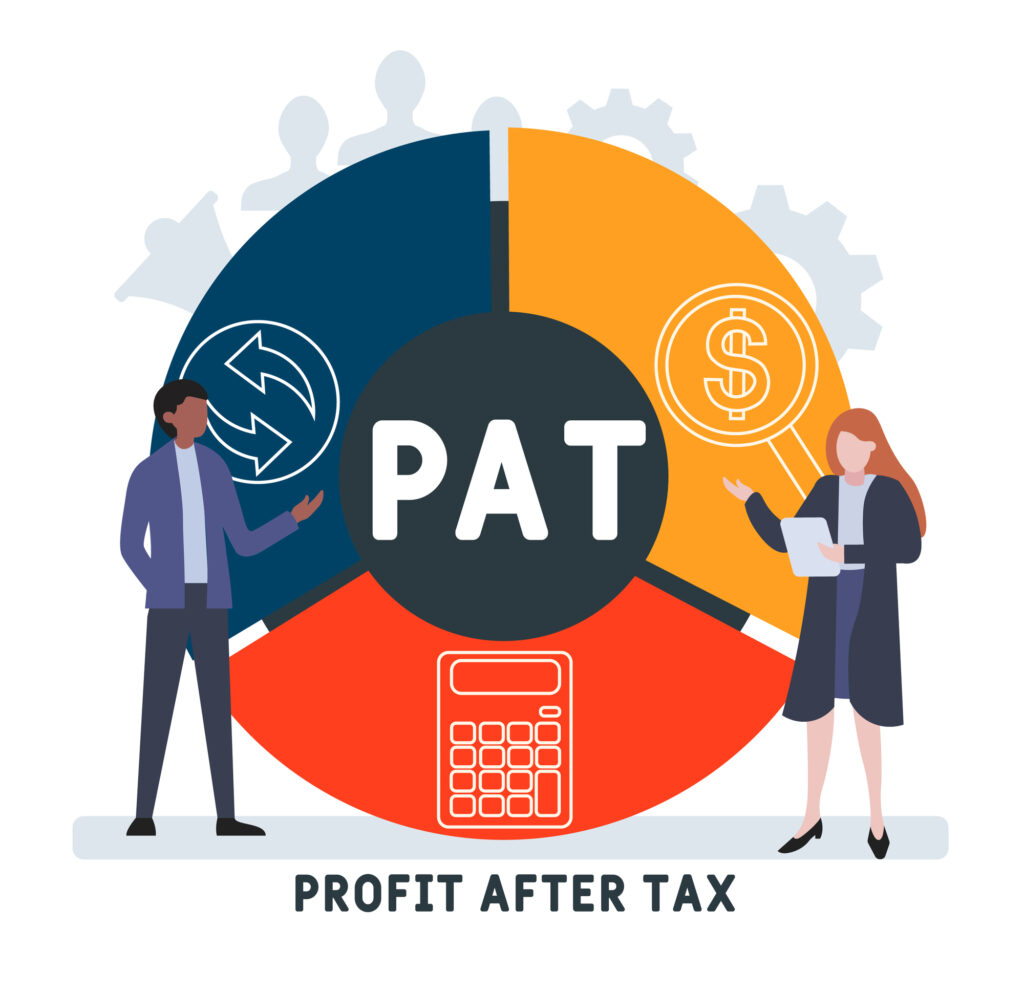 This is another installment of the coverage of tax changes in the One Big Beautiful Bill affecting small businesses. The One Big Beautiful Bill Act of 2025 (OBBBA) was passed by Congress on July 3, 2025, and signed by the President on July 4th. Some changes apply for 2025, while others go into effect in 2026 or later. Here is key information about what you can expect to pay on your business profits. Much depends, of course, on your form of business, your level of income, your industry, and other factors.
This is another installment of the coverage of tax changes in the One Big Beautiful Bill affecting small businesses. The One Big Beautiful Bill Act of 2025 (OBBBA) was passed by Congress on July 3, 2025, and signed by the President on July 4th. Some changes apply for 2025, while others go into effect in 2026 or later. Here is key information about what you can expect to pay on your business profits. Much depends, of course, on your form of business, your level of income, your industry, and other factors.
Your tax rates
The One Big Beautiful Bill Act of 2025, which is informally denoted as OBBBA, has made permanent the individual tax rates fixed by the 2017 law. They remain at 10%, 12%, 22%, 24%, 32%, 35%, and 37%. Because most businesses are pass-through entities, these are the tax rates that apply to owners. If the law had not been passed, the rates would have increased in 2026.
Despite some talk on lowering the corporation tax rate, nothing happened. The 21% tax rate on C corporations has not changed.
Qualified business income (QBI) deduction
Owners of pass-through entities may be able to claim a personal deduction based on business income called the qualified business income (QBI) deduction. It has the effect of reducing the effective rate that owners pay on their share of business profits.
The QBI deduction, which had been scheduled to expire at the end of 2025, has been made permanent. The deduction remains at 20%. This means that owners in the top tax bracket of 37% pay an effective tax rate on their share of business income (with some adjustments) of 29.6%.
The deduction only applies if owner’s modified adjusted gross income does not exceed set limits. The new law liberalized the phase-out range, so more small business owners may qualify this personal deduction based on business profits. The threshold was raised for singles from $50,000 in 2025 to $75,000 in 2026, and for joint filers, from $100,000 in 2025 to $150,000 in 2026.
Also, starting next year, there’s a minimum deduction of $400 for “qualified active business income.” While the QBI deduction in general can be claimed without regard to an owner’s participation in business activities, this new minimum deduction requires an owner’s active participation. The minimum deduction applies only if an owner has at least $1,000 of QBI. These limits will be indexed for inflation starting in 2027.
Exclusion for qualified small business stock (QSBS)
Owners of stock in certain types of C corporations—including manufacturers, retail or wholesalers, and tech company—may obtain highly favorable tax treatment when they sell some or all of their shares. The law provides an exclusion of gain; the excluded part is not taxed. The exclusion for gain on the sale of QSBS changes for stock acquired on or after July 4, 2025. There’s a 50% exclusion gain on the sale of stock held at least 3 years (but not more), 75% for stock at least 4 years (but not more), and 100% for stock 5 years or more. For stock sold before July 4, 2025, the exclusion is 100% for stock issued after and held more than five years (other exclusion percentages apply to stock issued earlier).
The exclusion limit, which has been $10 million, increases to $15 million for stock issued on or after July 4, 2025, and limit will be adjusted for inflation after 2026. The exclusion is 10 times the owner’s basis in the stock (unchanged) or the applicable dollar limit. The limit is halved for married persons filing separately.
SALT cap
Small business owners who itemize their personal deductions are subject to a dollar limit of the amount of state and local taxes (income taxes, real estate taxes, sales taxes) that can be deducted. In 2024, the limit was $10,000. Effective for 2025, the dollar limit on itemizing state and local taxes has been increased to $40,000.
The deduction phases down (but not below $10,000) for high-income taxpayers. The full $40,000 limit applies if modified adjusted gross income (MAGI). does not exceed $500,000. The cap is reduced by 30% of the excess MAGI.
Owners who may not be able to claim some or all of their state and local taxes because of having high income may still be able to obtain a tax benefit from these taxes through a state-level Pass-Through Entity Tax (PTET). Three dozen states and New York City have PTETs. There was sentiment to eliminate PTET treatment for federal income tax purposes, but the final version of the bill did not alter the ability of owners of pass-through entities to use a pass-through entity tax (PTET) if one is available in their locality. Owners should check their state rules and see if re-election is required annually for the PTET.
Limit on business losses
One of the key benefits of having a pass-through entity is the ability of owners to deduct their share of business losses on their personal returns. But this isn’t absolute; there’s a limit on the deduction of these losses. The One Big Beautiful Bill made the limit permanent. This means that for 2025, losses are limited to $313,000 for single filers and $626,000 for joint filers. These limits are adjusted annually for inflation.
Excess losses aren’t lost; they are carried over. In the past, they simply became part of net operating losses. Now these excess losses carry over to be used in the following and are subject to retesting. This means the income limits in the next year are used to determine the extent to which losses can be used.
Final thought
Be sure to review with your tax adviser what changes in the One Big Beautiful Bill apply to you this year so that you can modify estimated tax payments if needed. Stay tuned for upcoming blogs on other aspects of the new law.


